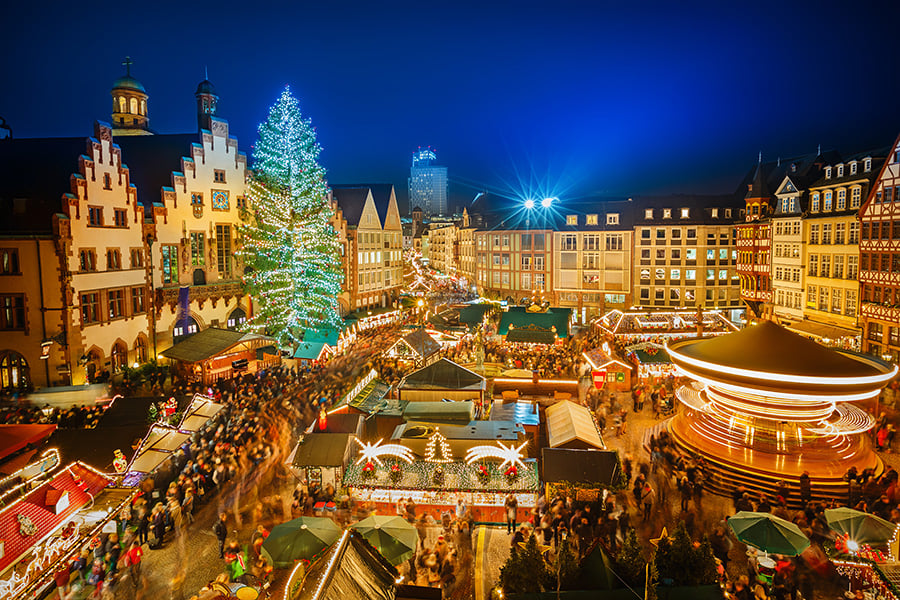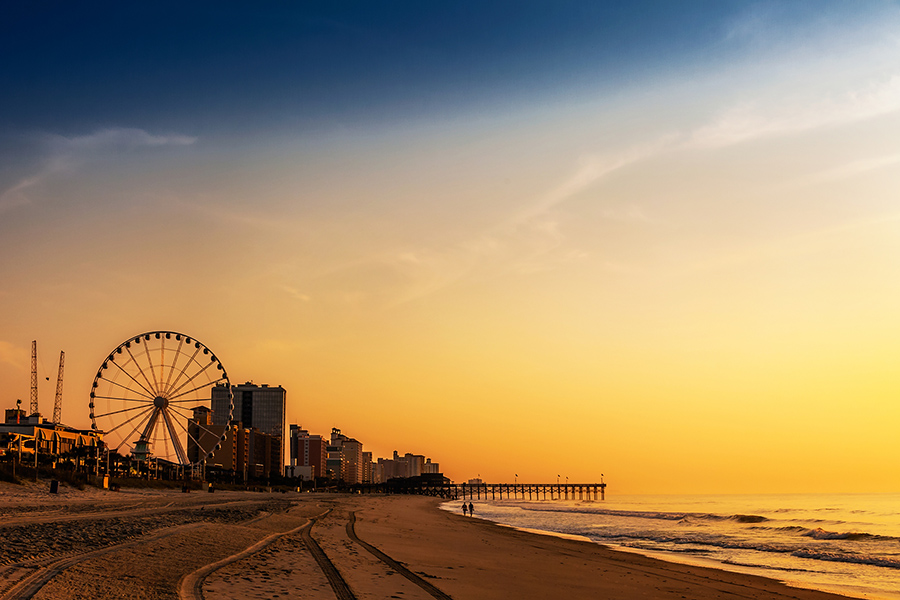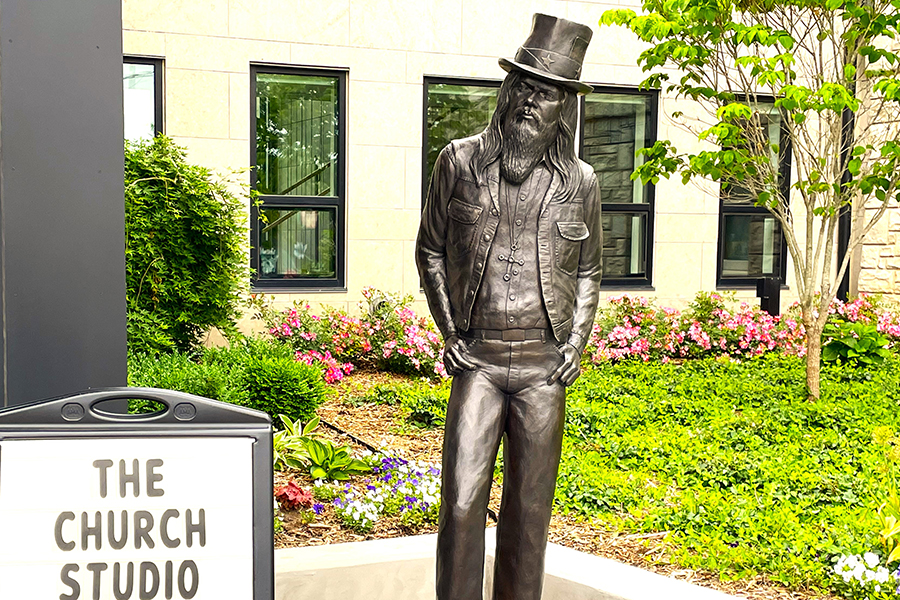Share the Magic of Christmas Abroad

The holidays at home are familiar to the senses – the smell of peppermint and cinnamon, the twinkling of string lights on every street, and the warm sense of cheer even in the cold. But a holiday abroad? That is something special. Traveling to an unfamiliar country or region during the holidays is not just a vacation. It’s a cultural exchange. Make yourself at home for the holidays wherever you are by embracing these uniquely regional holiday traditions and historical origins.
EUROPEAN CHRISTMAS MARKETS
In global holiday events, one of the world’s most sought-after wintertime experiences are the European Christmas Markets. A 600-year-old tradition in some of Europe’s most picturesque cities and villages, shoppers will find an unfathomable number of handmade trinkets, decorations, foods, drinks, and more.
For the quintessential experience, pass through some of the most famous markets in Germany, Austria, and France.
France
A stop in Strasbourg, France, the self-proclaimed capital of Christmas, is a must. The city is the home of one of the oldest Christmas markets in Europe, the “Christkindlesmarkt,” dating back to the 1500s. Pick up some classic treats from the market food stands, such as vin chaud – mulled wine with spices and fruit – or pain d’epices – the French version of gingerbread, minus the man. In between shopping sprees, take a tour of the “Petite France” and admire the melding of Roman, French, German, and Alsatian cultural influences.
Germany
Move on to Germany, where Christmas markets range from magnificent to modest in Würzburg, Nuremburg, and Munich. The market of Würzburg is quaint, settled within an ancient wine town rich in historic sites. The town is home to a number of 18th-century residences of prince-bishop, boasting the largest ceiling mural in the world. Browse the market for local specialties after a tour with a local expert.
Visit one of Germany’s oldest and most famous Christmas markets in Nuremburg. Dating back to the early 1500s, the Nuremburg marketplace holds tight to its traditions. Sip glühwein and sample an original Nuremberg bratwurst – legally exclusive to the region with traditions dating back to the 1300s. Peruse through more than 200 market vendors and search for both classic and unique holiday treats. Search for the exclusively-Nuremberg prune people, figurines made from dried prunes, figs, almonds, and birch wood. These charming knickknacks are only meant to be a feast for the eye, not the stomach.
HISTORIC TRADITIONS
England
Christmastime in London is full of history. Many of its holiday traditions date back to the Victorian era. Dine with the ghosts of Christmas past at a Victorian-style dinner inspired by the Charles Dickens classic of the era, A Christmas Carol. Visit the city’s most historic sites, such as Buckingham Palace, Windsor Castle, and Trafalgar Square, adorned for the holidays with hues of royal red, pine green, and glittering gold.
The significance of the Christmas tree in Trafalgar Square can be traced back to 1947, when Norway sent the tree as a gift for supporting their efforts during World War II. Norway sends a tree every year to this day, making the square a holiday hotspot with the area’s largest decorated Christmas tree. Take “the Tube” to one of London’s many Christmas markets and pick up gifts and uniquely British seasonal snacks like yule log cake or mincemeat pies. Mincemeat pies are sold at bakeries and pubs throughout England, made from ground meat or suet and stewed with fruits and spices.
Dating back to the 12th century, the treat was so well-loved by England that it was often served at extravagant feasts by wealthy rulers like King Henry V. Perhaps even too well-loved, it was banned by a 17th century Puritanical parliament along with other “gluttonous treats.” Today, many mincemeat pies skip the meat and emphasize the fruit, but they remain a special holiday treat.
United States
A nation of immigrants, the U.S. has adopted and adapted many of its traditions from other regions around the world. However, even the uniquely American holiday traditions that we know and love vary by region and pack surprising historical origins.
The vibrant red poinsettias plants we associate with the holidays – and holiday fundraisers – date back to the early 1800’s. Joel Roberts Poinsett, the first U.S. Ambassador to Mexico, had a particular interest in botany. During a stay in Mexico, he wandered the countryside seeking new plants to bring back over the border. In 1828, he found a bright red shrub growing roadside in Mexico, brought it back to his greenhouse in South Carolina… and it took off from there. Today, they are the highest-selling flowering potted plant.
The cherished Christmas tradition of lighting the tree can be traced back to an 1850 illustration in a London magazine of Queen Victoria and Prince Albert decorating a lit tree with their children. However, Christmas lights as they are in America today can be traced back to the era of Thomas Edison. Despite being dubbed the father of the light bulb, it’s the vice president of Edison’s Electric Light Company, Edward H. Johnson, who holds the title of the father of the electric Christmas tree. In 1882, Johnson adorned his tree and parlor with over 100 red, white, and blue hand-wired walnut-sized bulbs. Unbeknownst to him, he played a part in making Christmas displays what they are today and saving lives from candle fires.
Think of Poinsett and Johnson as you stroll through spectacular southern holiday displays in San Antonio, New Orleans, and Charleston. The true southern charm and hospitality amplifies the Christmas spirit of each display.
Whether you’re crossing borders with family or to get to family, the holidays are a time of sharing experiences. Make a new tradition with a trip, and experience the gift of culture as it keeps on giving.






